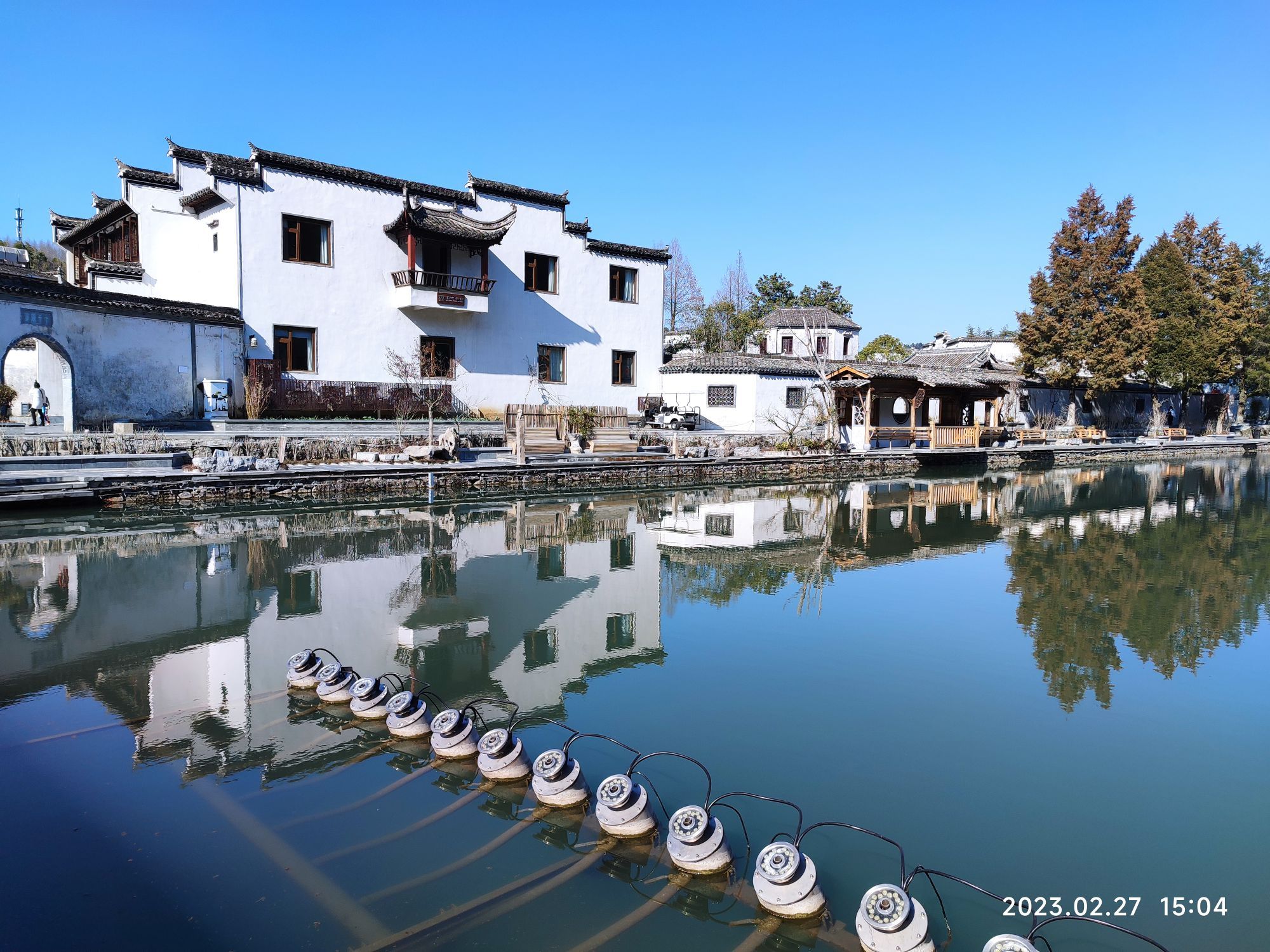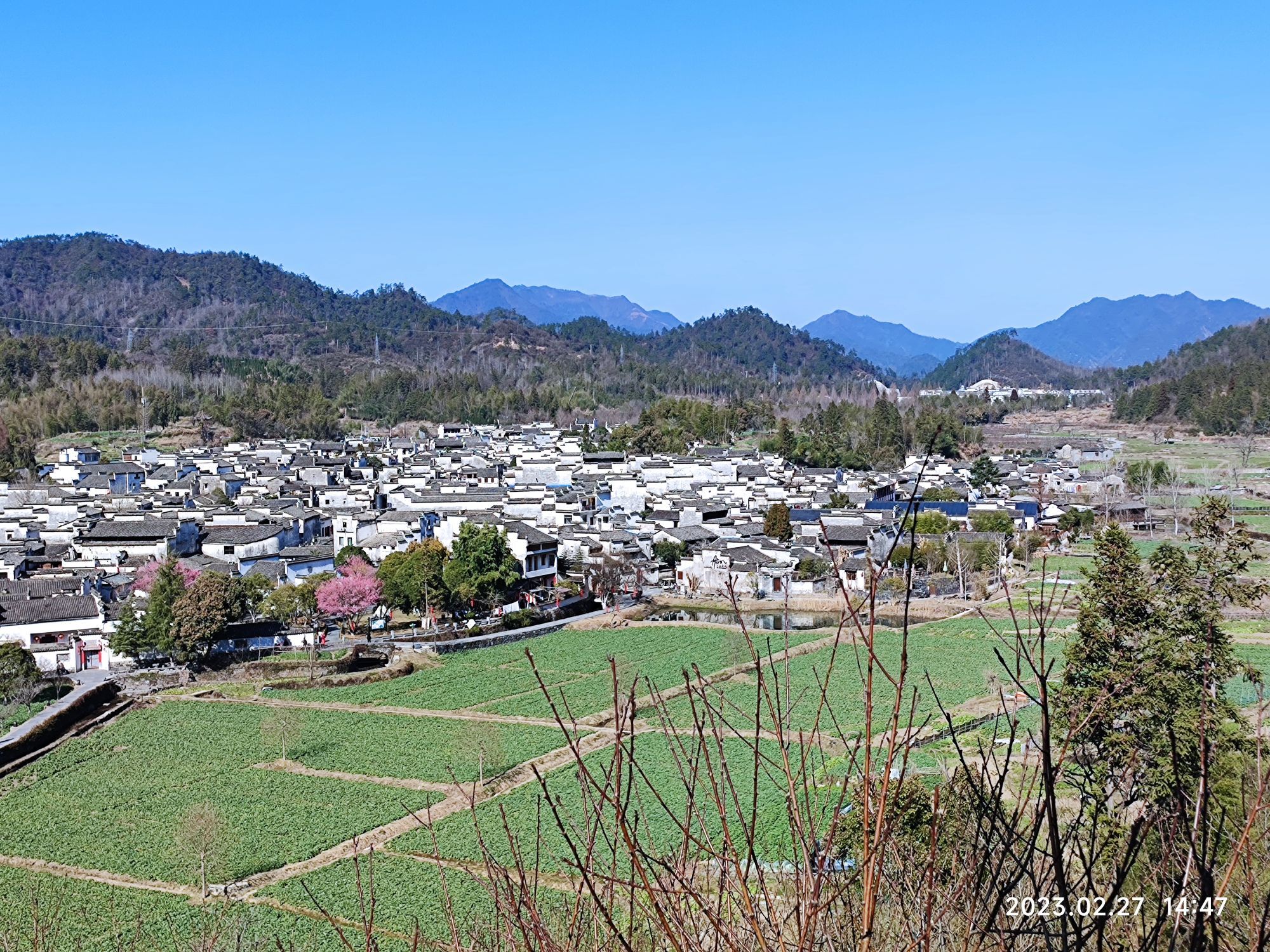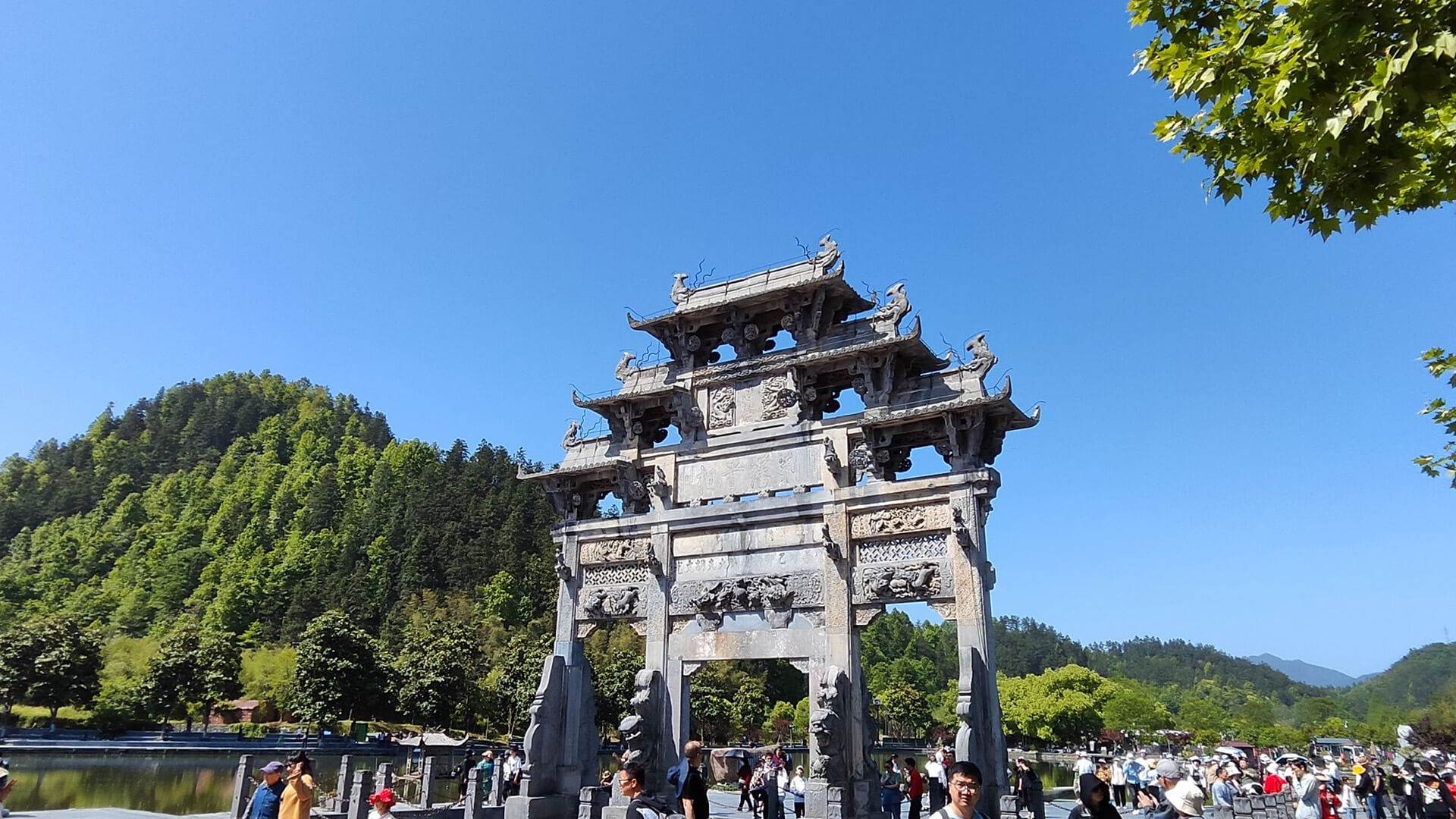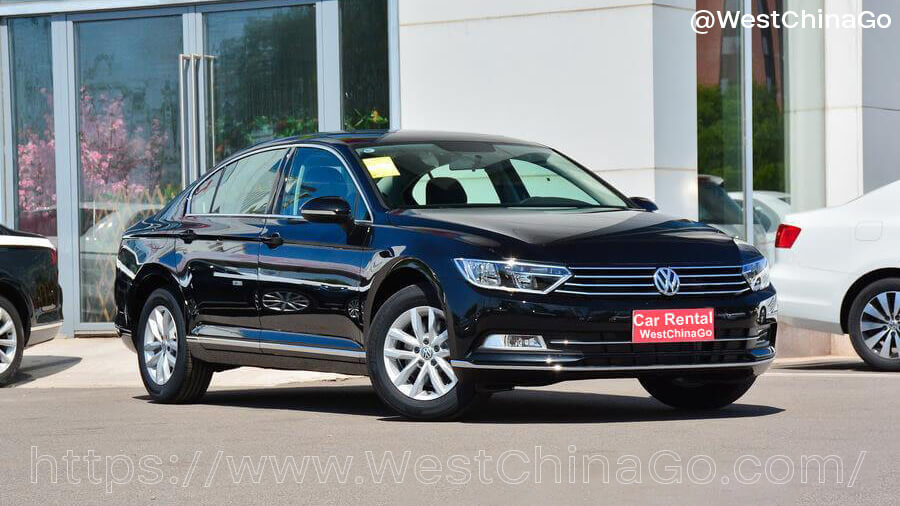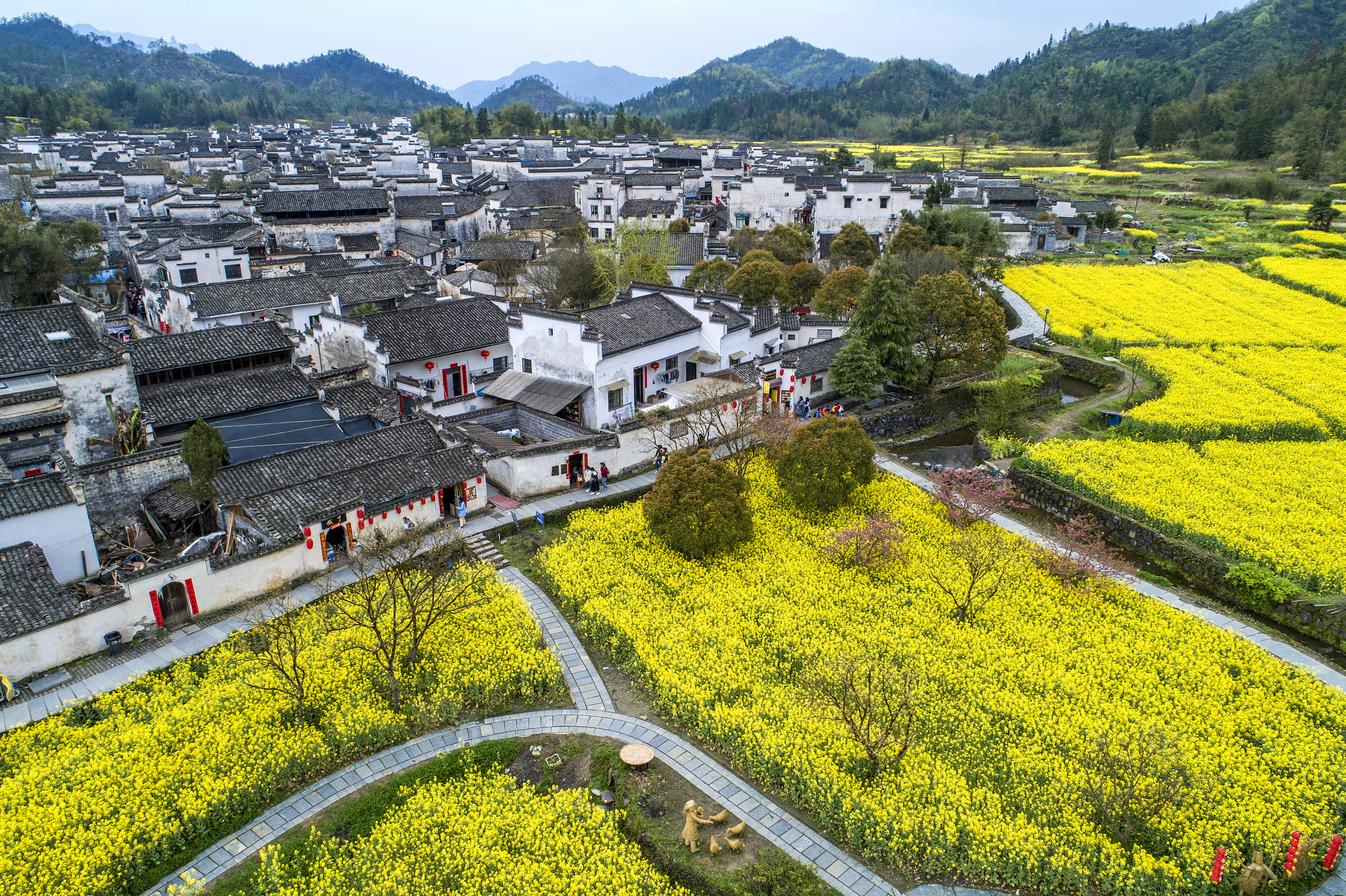
Xidi Ancient Villages
- Chinese Name:西递古村落
- Add: Xidi Village, Xidi Town, Yi County, Huangshan City 黄山市黟县西递镇西递村
- Opening Time: Open all year round
- Tickets: 104 CNY/per
- Tel: 0559-5154030
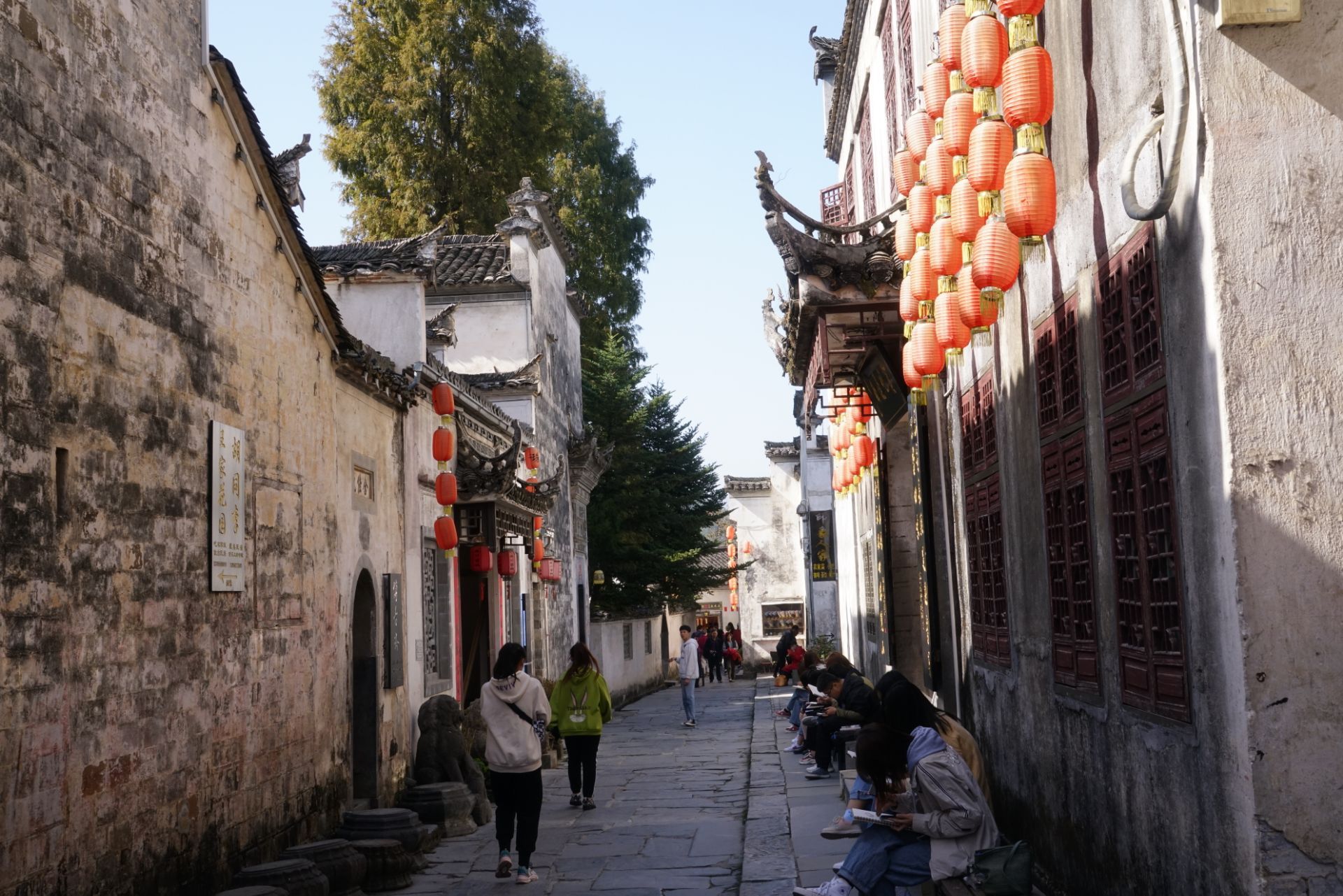
Xidi Ancient Villages
Unveil the Timeless Elegance of Xidi Ancient Village
A Treasure of Traditional Chinese Culture
Situated in the picturesque countryside of Huangshan, Xidi Ancient Village is a UNESCO World Heritage Site that epitomizes the beauty and sophistication of ancient Chinese architecture. With a history spanning over 950 years, this village offers a journey back to the Ming and Qing Dynasties, where tradition, art, and nature intertwine seamlessly.
Architectural Marvels and Ingenious Design
Xidi is celebrated for its impeccably preserved Hui-style architecture. The village boasts over 120 historic residences adorned with exquisite wood, brick, and stone carvings. Landmarks like the majestic Hu Wenguang Memorial Arch and the intricate Taoli Garden showcase the artistic mastery of ancient craftsmen. The village’s layout, shaped like a Chinese character, highlights its ingenious and harmonious design.
A Cultural Immersion Experience
Beyond its architectural charm, Xidi invites visitors to immerse themselves in the rich traditions of Hui culture. Stroll through its tranquil alleys, explore ancestral halls that tell tales of generations past, and witness vibrant local festivals. Art enthusiasts can engage with traditional crafts such as calligraphy and ink painting, while food lovers can savor authentic Hui cuisine.
Why Choose Xidi Ancient Village?
Xidi is more than just a destination—it is a living museum that brings history to life. Its serene ambiance, timeless beauty, and cultural depth make it an ideal escape for those seeking inspiration, education, or simply a break from the modern world.
Discover the allure of Xidi Ancient Village and let its charm transport you to a bygone era.

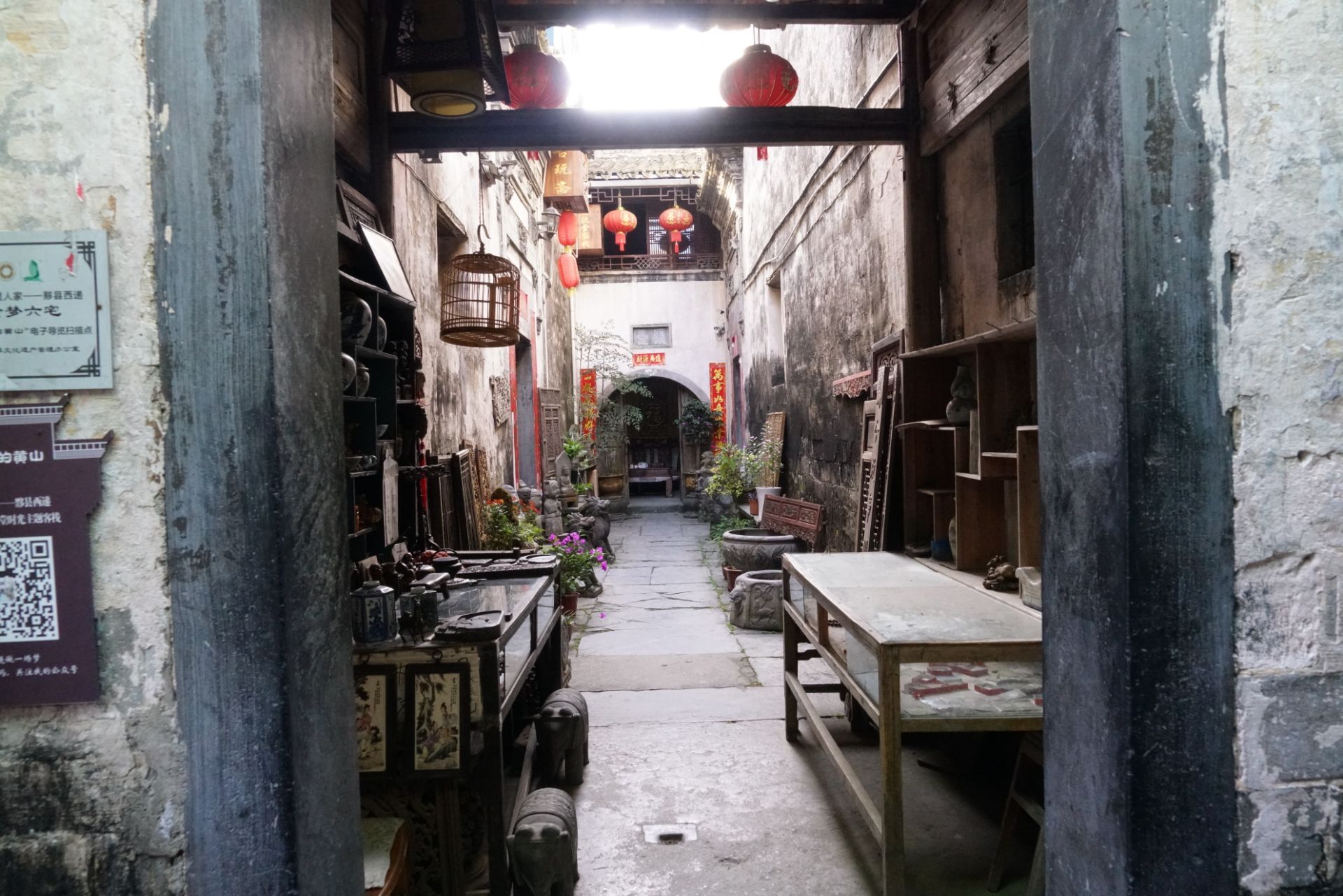
Xidi Ancient Villages Video
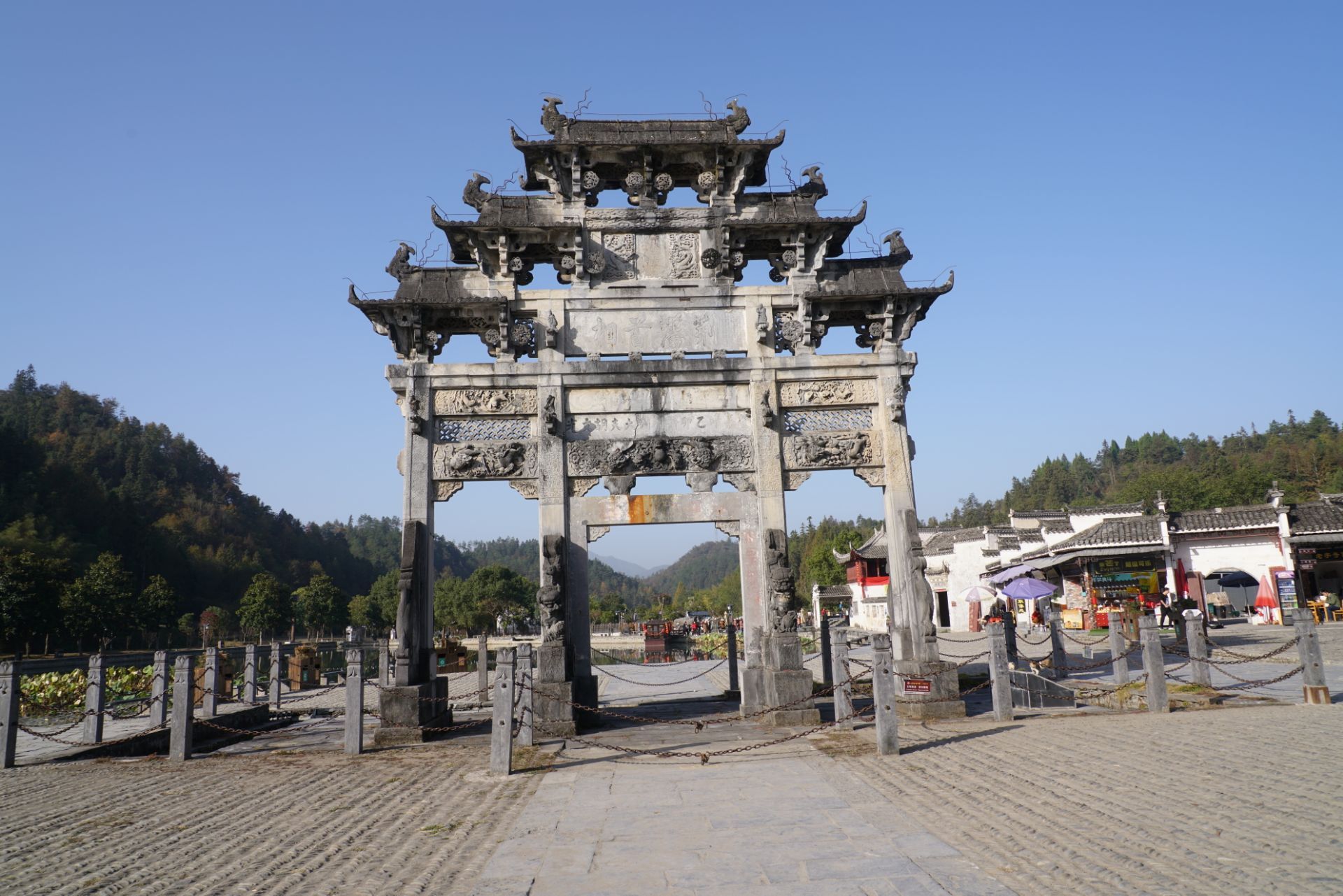
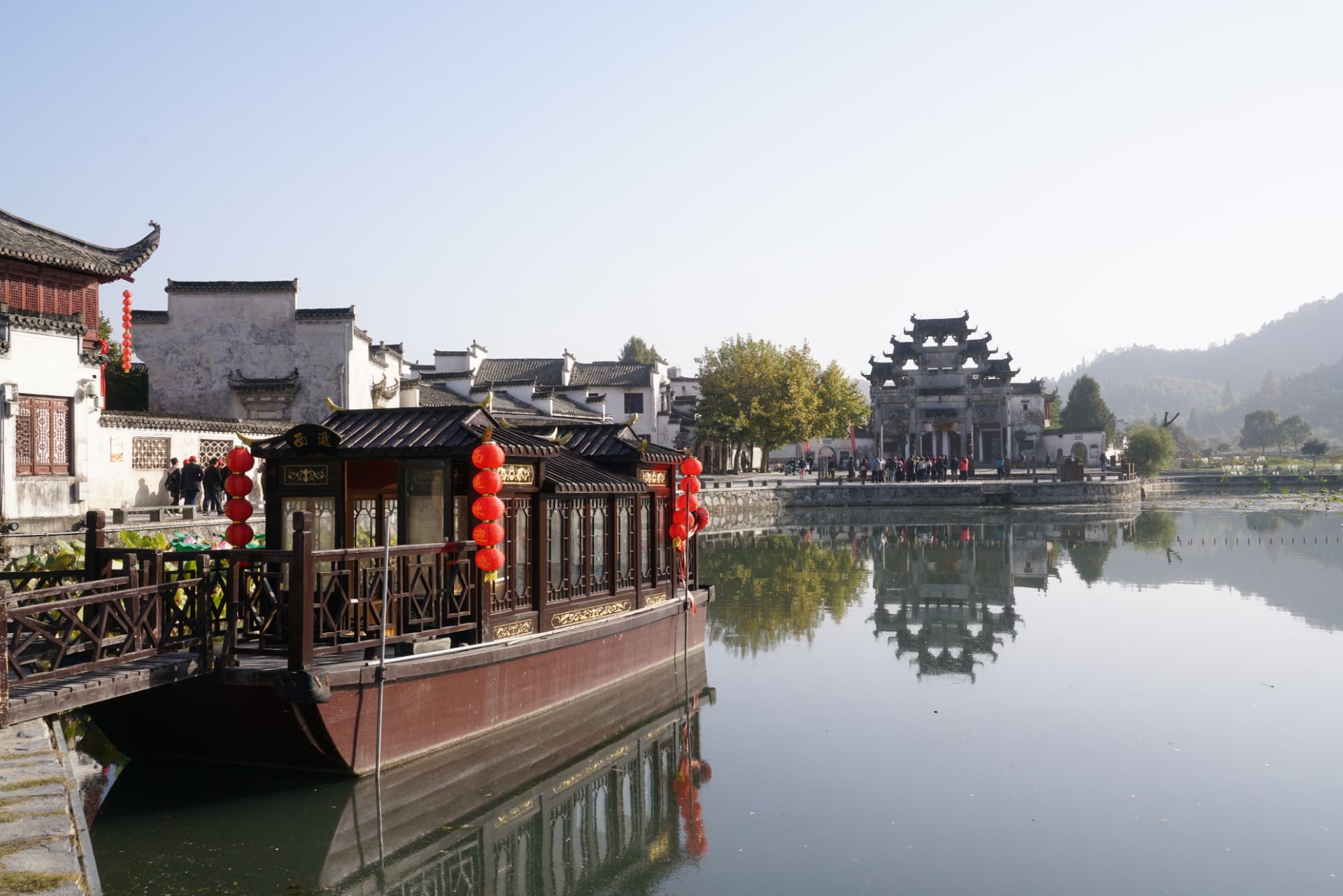
Xidi Ancient Villages Tourist Map
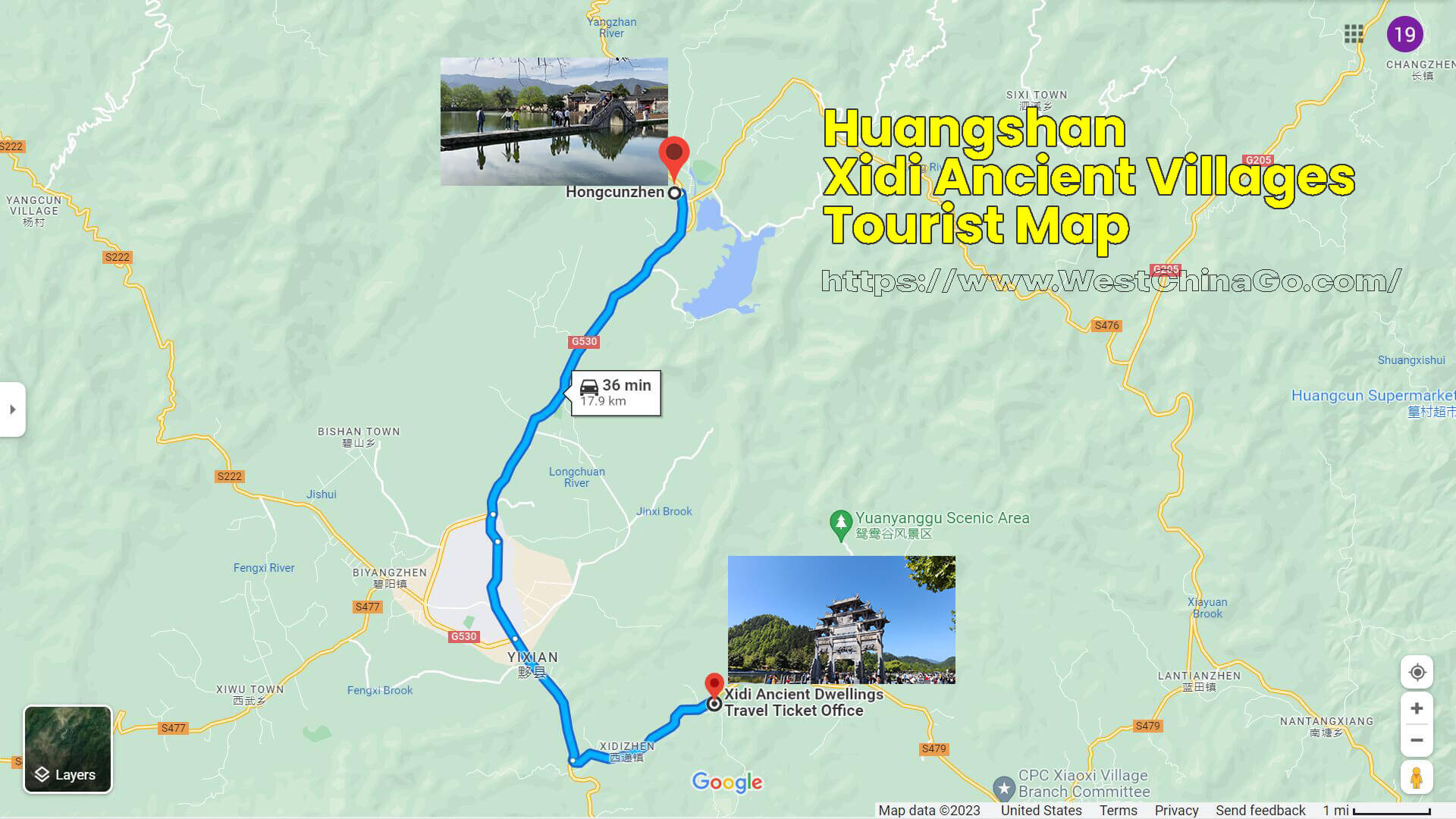
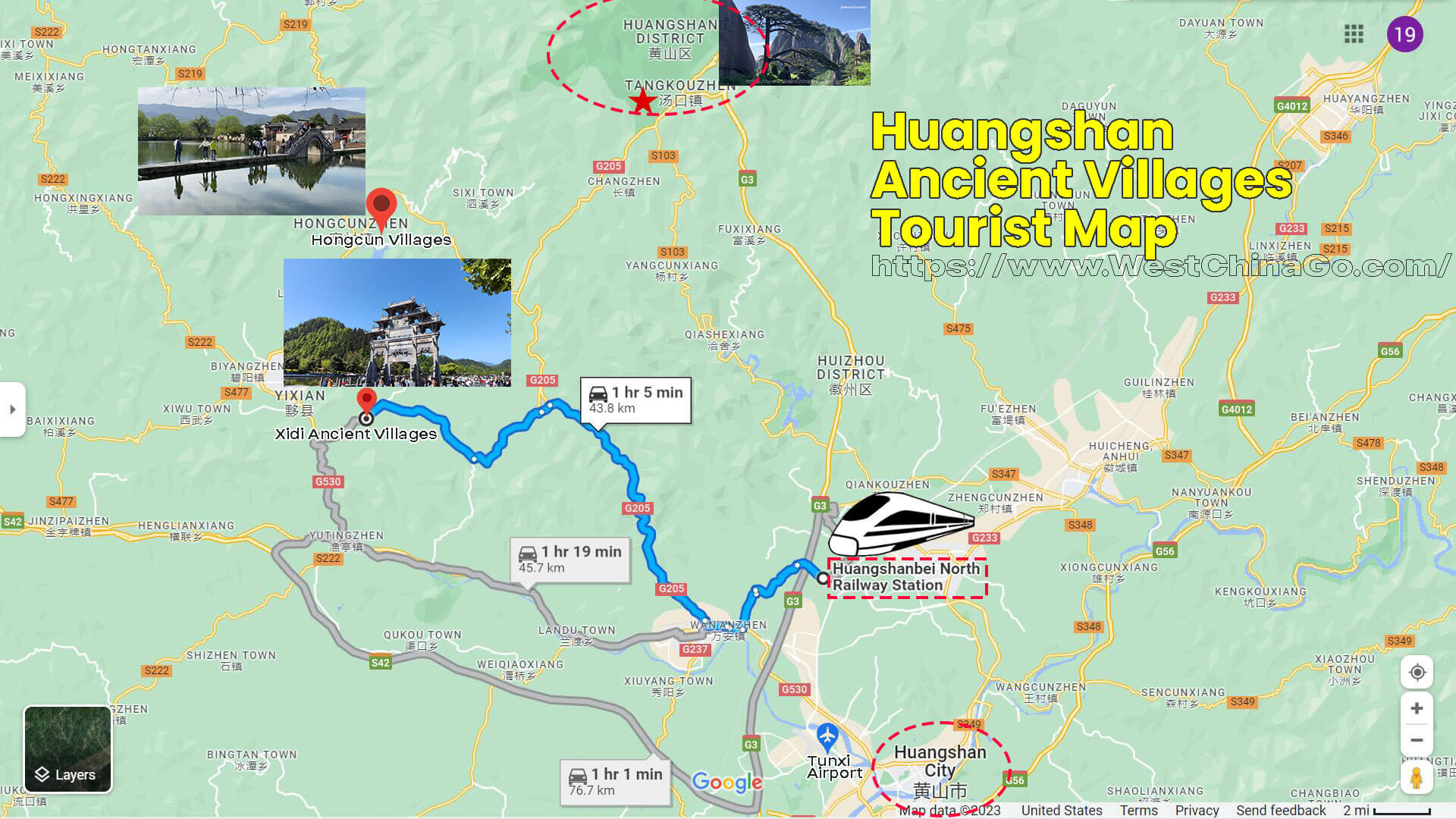
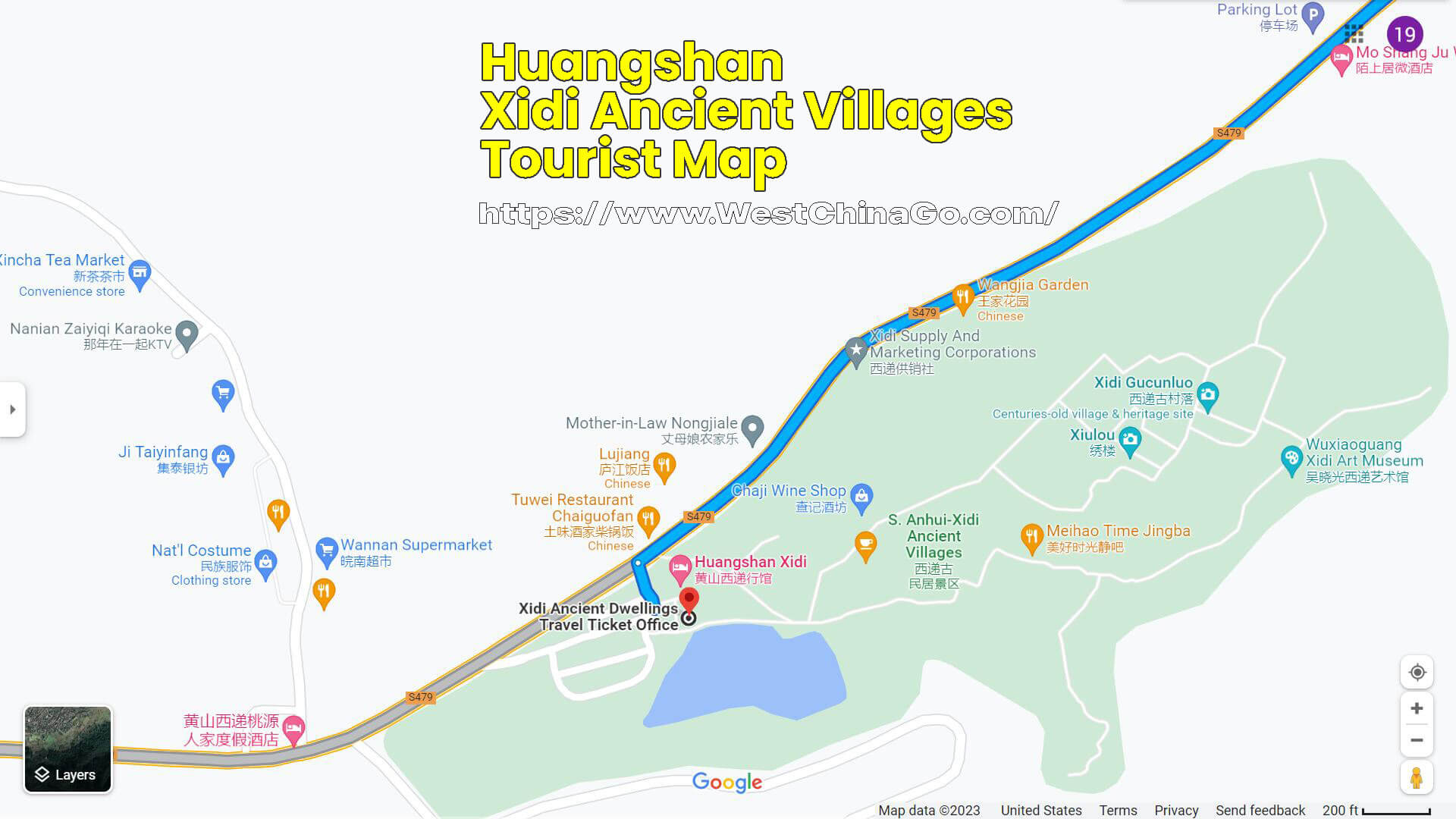
Xidi Ancient Villages Tour Transfer:Car Rental with Driver


- Xidi Ancient Villages ⇄ Hongcun Village
- Xidi Ancient Villages ⇄ Tunxi Airport
- Xidi Ancient Villages ⇄ Huangshan North Highspeed Railway Station
- Xidi Ancient Villages ⇄ Tangkou Town,Huangshan
- …….

Xidi Ancient Villages Travel Guide
The ancient village is built in the shape of a boat, spanning three streams. The front stream and the back stream in the south converge into Xixi stream at Huiyuan Bridge in the village, and Xixi stream and Shewu stream in the north meet at the entrance of the village. The streams all flow from east to west. So the village is named Xidi. The roads in the village extend in all directions, and there are multiple entrances. The main entrance is in the southwest corner. Generally, the ancient village is visited from southwest to northeast.
Travel Route
At the main entrance, the first thing you see is the Hu Wenguang Memorial Archway, which was built in the sixth year of Wanli in the Ming Dynasty (AD 1578). It is magnificent and represents the prominent status of the Hu family. The whole body of the archway is carved from the local “Yixian Qing” marble. There are five floors on the top, and each floor has different exquisite stone carvings. Next to the archway is Mingjing Lake, where you can take pictures of the reflection of Huizhou architecture.
Enter the village and come to Ruiyu Court at the intersection of Henglu Street. This is a representative residence of Huizhou merchants, built in the Xianfeng period of Qing Dynasty. What’s interesting in it is a series of couplets, such as the couplets composed of characters at the bottom of the characters “Welcome to see off the far and near road, advance and retreat slowly and travel freely”, and another example “Happiness comes from hard work, and cheapness comes from suffering”, While telling the business principles, it also contains the philosophy of doing things.
Going east, crossing the Qianbian River, the Jingai Hall on the east bank was built in the Wanli period of the Ming Dynasty and rebuilt in the Qianlong period of the Qing Dynasty. It is the largest ancestral hall in the village. Jingaitang used to be the place where the Hu family discussed affairs, held weddings, and taught and reprimanded unworthy descendants. The big “filial piety” character hanging in the house is very impressive. The right half of the “earth” character on “filial piety” looks like a bowing man, and the left half looks like a monkey, which means that only people who abide by filial piety will behave like a hozen.
Going northeast along the Qianbian Creek, Shangde Hall in the upper reaches has a history of 400 years, and it is an ancient Ming Dynasty house in the village. Walking along the way from the entrance, you can also visit Taoli Garden, a building that matches Xidi’s residence and library; the West Garden and East Garden of Huizhou Courtyard; In addition, Zouma Building, Xiulou and Zhuimutang are also very distinctive Ming and Qing buildings in Xidi.
Best Time To Travel
When you come to Xidi in March and April, you can see the beautiful scenery of white walls and black tiles and rapeseed flowers, but there are too many tourists to avoid the Qingming Festival.
Food and Snack
Xidi has a relatively high degree of commercialization. Many local people have opened farmhouses, and some sell snacks on the street with their burdens. You can taste Huizhou specialties, such as Laba tofu, sesame cakes, bamboo shoots, and the TV show “On the Tip of the Tongue” Mao tofu, stinky mandarin fish, etc. introduced in “My China”.
Accommodation recommendation
If you want to enjoy the tranquility of the ancient village, you can stay for a few nights and visit the ancient village in the early morning and dusk to avoid the crowds during the day. Most of the accommodation in the village is a family-style inn transformed from an ancient building. After registering with an ID card at the entrance of the scenic spot, you can enter and exit the ancient village unlimited times during your stay.
joint travel
Xidi is 18 kilometers away from Hongcun and 43 kilometers away from Huangshan Scenic Area. Generally, tourists will put Xidi, Hongcun and Huangshan together for fun.

